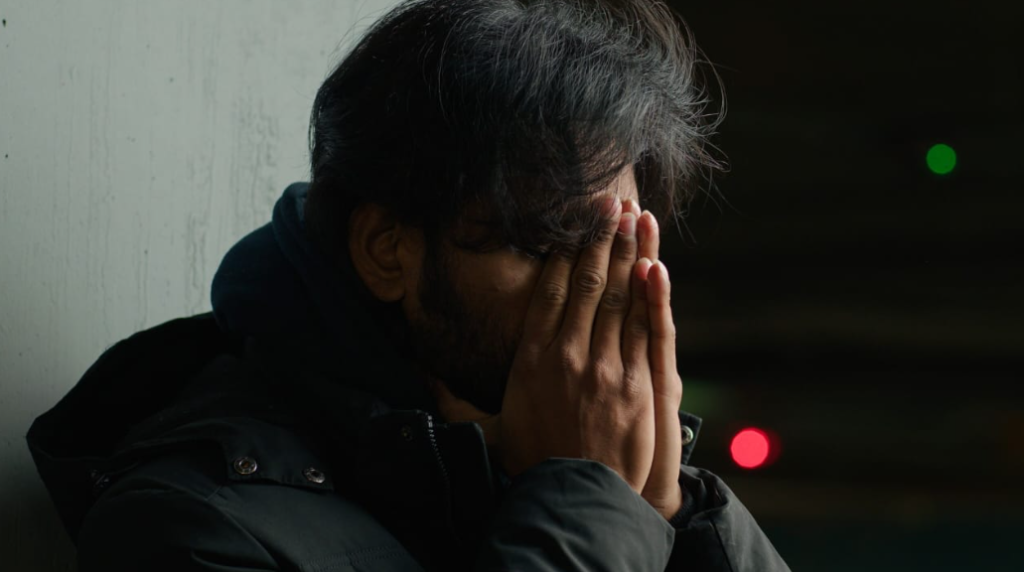Schizoaffective disorder is a mental health condition characterized by a combination of symptoms of schizophrenia and mood disorders such as depression or bipolar disorder. This dual presentation makes it distinct from either condition alone, requiring an understanding of how these symptoms manifest together. For more information on treatment options, visit sanctuaryclinics.com/treatment-centers/schizoaffective-disorder/. Schizoaffective disorder can significantly impact an individual’s thoughts, emotions, and behaviour, affecting daily life and relationships.

This article explores the symptoms of schizoaffective disorder, focusing on how they present in different types of the condition and what to look for in recognizing it.
Types of Schizoaffective Disorder
Schizoaffective disorder is generally categorized into two main types:
- Bipolar Type: This type includes symptoms of mania (elevated mood, increased energy, and grandiosity) and may also include episodes of major depression.
- Depressive Type: This type includes only major depressive episodes along with psychotic symptoms.
Core Symptoms of Schizoaffective Disorder
The symptoms of schizoaffective disorder can be broadly divided into two categories: psychotic symptoms and mood symptoms. A person must experience symptoms of both to be diagnosed with this disorder.
1. Psychotic Symptoms
Psychotic symptoms are characteristic of schizophrenia and involve a loss of contact with reality. In schizoaffective disorder, these symptoms can occur with or without mood disturbances. Key psychotic symptoms include:
- Hallucinations: Sensory experiences that are not based on reality, such as hearing voices that others cannot hear or seeing things that aren’t there. Auditory hallucinations are the most common.
- Delusions: Strongly held beliefs that are false and not based on reality. For example, believing that one has special powers or is being persecuted by others.
- Disorganized Thinking and Speech: Difficulty organizing thoughts coherently, leading to fragmented or nonsensical speech patterns.
- Disorganized or Catatonic Behavior: Displaying unpredictable or unusual behaviours, such as repetitive movements, or showing little to no movement or response to the environment.
2. Mood Symptoms
The mood symptoms of schizoaffective disorder can resemble those seen in major depression or bipolar disorder. These mood symptoms significantly affect emotional regulation and overall well-being. They include:
- Manic Symptoms (associated with the bipolar type):
- Elevated or Irritable Mood: Feeling unusually happy, energetic, or irritable without a clear cause.
- Increased Energy and Activity Levels: Engaging in excessive activities, taking on multiple projects, or displaying restlessness.
- Grandiosity: Having an inflated sense of self-importance or believing in unrealistic capabilities or ideas.
- Decreased Need for Sleep: Feeling well-rested after only a few hours of sleep.
- Racing Thoughts: Experiencing a rapid flow of ideas and difficulty focusing on a single thought.
- Depressive Symptoms (associated with both the bipolar and depressive types):
- Persistent Sadness or Low Mood: Feeling hopeless, empty, or sad for extended periods.
- Loss of Interest in Activities: Losing interest or pleasure in activities once enjoyed.
- Changes in Appetite and Weight: Experiencing significant weight gain or loss or changes in eating habits.
- Sleep Disturbances: Having difficulty falling asleep, staying asleep, or oversleeping.
- Fatigue and Loss of Energy: Feeling tired or lacking energy even after resting.
- Feelings of Guilt or Worthlessness: Experiencing persistent guilt or a diminished sense of self-worth.
- Suicidal Thoughts or Behaviours: Having thoughts of death, self-harm, or suicide attempts.
Combination and Presentation of Symptoms
One of the challenges in diagnosing schizoaffective disorder is that symptoms of schizophrenia and mood disorders must coexist, but not always at the same time. For example, a person might experience psychotic symptoms (like hallucinations) without mood disturbances for a period, followed by a depressive or manic episode.
This unique combination is what distinguishes schizoaffective disorder from conditions like schizophrenia or bipolar disorder alone. The timing and duration of these symptoms are crucial for diagnosis.
How to Recognize Schizoaffective Disorder
Recognizing schizoaffective disorder involves being aware of the pattern and persistence of symptoms. Some key points to consider include:
- Duration: The presence of psychotic symptoms without mood disturbances should last at least two weeks for a diagnosis of schizoaffective disorder.
- Fluctuating Mood and Psychotic Symptoms: Individuals may experience fluctuating episodes where psychotic symptoms occur alone, and mood symptoms appear separately or simultaneously.
- Impact on Daily Life: Symptoms must significantly impair a person’s ability to function in daily activities, work, social situations, and personal relationships.
When to Seek Help
If you or someone you know is experiencing a combination of these symptoms, it is essential to seek help from a mental health professional. Early diagnosis and treatment can make a significant difference in managing the condition effectively. Treatment typically involves a combination of medication, psychotherapy, and support services tailored to the individual’s needs.
Schizoaffective disorder is a complex mental health condition that blends symptoms of schizophrenia and mood disorders. Understanding its core symptoms is essential for recognizing and seeking appropriate help. This condition often requires a multifaceted approach, focusing on both psychotic and mood-related symptoms.
If you suspect that you or a loved one may be experiencing symptoms of schizoaffective disorder, consulting a mental health specialist is a crucial first step. With the right support and treatment, individuals with schizoaffective disorder can lead fulfilling and stable lives.







